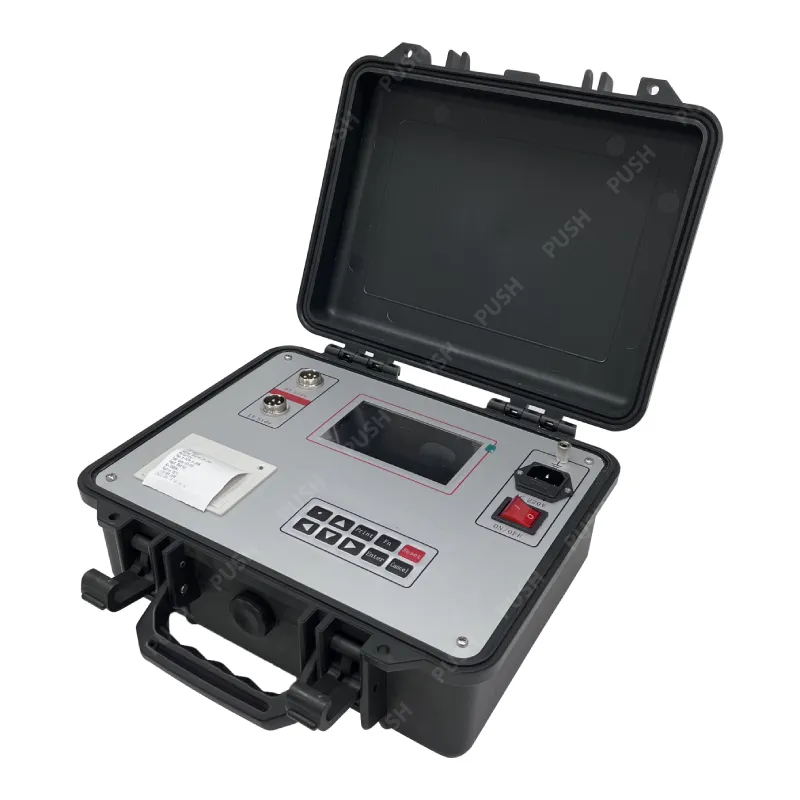 English
English



-
 Afrikaans
Afrikaans -
 Albanian
Albanian -
 Amharic
Amharic -
 Arabic
Arabic -
 Armenian
Armenian -
 Azerbaijani
Azerbaijani -
 Basque
Basque -
 Belarusian
Belarusian -
 Bengali
Bengali -
 Bosnian
Bosnian -
 Bulgarian
Bulgarian -
 Catalan
Catalan -
 Cebuano
Cebuano -
 China
China -
 China (Taiwan)
China (Taiwan) -
 Corsican
Corsican -
 Croatian
Croatian -
 Czech
Czech -
 Danish
Danish -
 Dutch
Dutch -
 English
English -
 Esperanto
Esperanto -
 Estonian
Estonian -
 Finnish
Finnish -
 French
French -
 Frisian
Frisian -
 Galician
Galician -
 Georgian
Georgian -
 German
German -
 Greek
Greek -
 Gujarati
Gujarati -
 Haitian Creole
Haitian Creole -
 hausa
hausa -
 hawaiian
hawaiian -
 Hebrew
Hebrew -
 Hindi
Hindi -
 Miao
Miao -
 Hungarian
Hungarian -
 Icelandic
Icelandic -
 igbo
igbo -
 Indonesian
Indonesian -
 irish
irish -
 Italian
Italian -
 Japanese
Japanese -
 Javanese
Javanese -
 Kannada
Kannada -
 kazakh
kazakh -
 Khmer
Khmer -
 Rwandese
Rwandese -
 Korean
Korean -
 Kurdish
Kurdish -
 Kyrgyz
Kyrgyz -
 Lao
Lao -
 Latin
Latin -
 Latvian
Latvian -
 Lithuanian
Lithuanian -
 Luxembourgish
Luxembourgish -
 Macedonian
Macedonian -
 Malgashi
Malgashi -
 Malay
Malay -
 Malayalam
Malayalam -
 Maltese
Maltese -
 Maori
Maori -
 Marathi
Marathi -
 Mongolian
Mongolian -
 Myanmar
Myanmar -
 Nepali
Nepali -
 Norwegian
Norwegian -
 Norwegian
Norwegian -
 Occitan
Occitan -
 Pashto
Pashto -
 Persian
Persian -
 Polish
Polish -
 Portuguese
Portuguese -
 Punjabi
Punjabi -
 Romanian
Romanian -
 Russian
Russian -
 Samoan
Samoan -
 Scottish Gaelic
Scottish Gaelic -
 Serbian
Serbian -
 Sesotho
Sesotho -
 Shona
Shona -
 Sindhi
Sindhi -
 Sinhala
Sinhala -
 Slovak
Slovak -
 Slovenian
Slovenian -
 Somali
Somali -
 Spanish
Spanish -
 Sundanese
Sundanese -
 Swahili
Swahili -
 Swedish
Swedish -
 Tagalog
Tagalog -
 Tajik
Tajik -
 Tamil
Tamil -
 Tatar
Tatar -
 Telugu
Telugu -
 Thai
Thai -
 Turkish
Turkish -
 Turkmen
Turkmen -
 Ukrainian
Ukrainian -
 Urdu
Urdu -
 Uighur
Uighur -
 Uzbek
Uzbek -
 Vietnamese
Vietnamese -
 Welsh
Welsh -
 Bantu
Bantu -
 Yiddish
Yiddish -
 Yoruba
Yoruba -
 Zulu
Zulu
Short Circuit Testing Procedure for Three-Phase Transformers in Electrical Engineering
Short Circuit Test of a Three-Phase Transformer
The short circuit test is a crucial procedure in assessing the performance and characteristics of a three-phase transformer. This test is primarily conducted to determine the short circuit impedance, which is vital for understanding the voltage regulation and short circuit capability of the transformer. Understanding the fundamental principles and procedures involved in the short circuit test can offer insights into transformer behavior under fault conditions.
Purpose of the Short Circuit Test
The primary purpose of performing a short circuit test on a three-phase transformer is to evaluate its impedance, which comprises both resistive and reactive components. This impedance governs how the transformer behaves under fault conditions, impacting its ability to handle short circuits without sustaining significant damage. Additionally, the test provides essential data for calculating losses in the transformer, particularly copper losses during operation.
Testing Procedure
The short circuit test is typically conducted on the low-voltage side of the transformer. Before initiating the test, certain preparations must be made. Firstly, the primary and secondary windings of the transformer must be properly isolated to avoid any unintended interaction during the test. Safety precautions should also be observed, as working with high voltage equipment poses risks.
short circuit test of 3 phase transformer

1. Setup Connect the low-voltage winding of the transformer to an AC source, ensuring that the high-voltage side is grounded and open-circuited. The short circuit test requires applying a reduced voltage to the transformer to limit the current to a safe level. 2. Applying Voltage Gradually increase the voltage input to the low-voltage side while monitoring current and voltage levels. Typically, the voltage is applied until the rated current of the transformer is reached. The applied voltage will generally be significantly lower than the transformer’s rated voltage to prevent excessive currents from damaging the windings.
3. Measurement During the test, measurements of the voltage and current are taken. These measurements allow for the calculation of the impedance using Ohm's Law (Z = V/I). The results can be represented as a percentage of the rated voltage to facilitate analysis.
4. Observations It is essential to observe any unusual behavior during the test, such as unexpected temperature increases or sounds that may indicate winding issues. A healthy transformer should maintain standard operating conditions under the applied test criteria.
5. Data Analysis After collecting data, it is crucial to analyze the results. The short circuit impedance can help predict voltage drops under load conditions, assess the transformer's ability to withstand short circuit scenarios, and determine potential losses when the transformer is operational.
Conclusion
The short circuit test of a three-phase transformer is an indispensable evaluation procedure that provides vital information about the transformer’s characteristics and performance capabilities. By understanding the short circuit impedance and analyzing the obtained data, engineers can ensure that transformers are correctly rated and configured to handle potential fault conditions effectively. This not only enhances the reliability of electrical systems but also mitigates the risks associated with transformer failures during abnormal operating conditions. Ultimately, proper implementation of this test is essential for the safe and efficient operation of electrical power systems.
-
Testing Equipment Industry Sees Major Advancements in 2025: Smart & Precision Technologies Lead the WayNewsJun.06,2025
-
Applications of Direct Current Generators in Renewable Energy SystemsNewsJun.05,2025
-
Hipot Tester Calibration and Accuracy GuidelinesNewsJun.05,2025
-
Digital Circuit Breaker Analyzer Features and BenefitsNewsJun.05,2025
-
Benefits of Real-Time Power Quality Monitoring Devices for Industrial EfficiencyNewsJun.05,2025
-
Earth Fault Loop Testing in High-Rise Building Electrical SystemsNewsJun.05,2025



